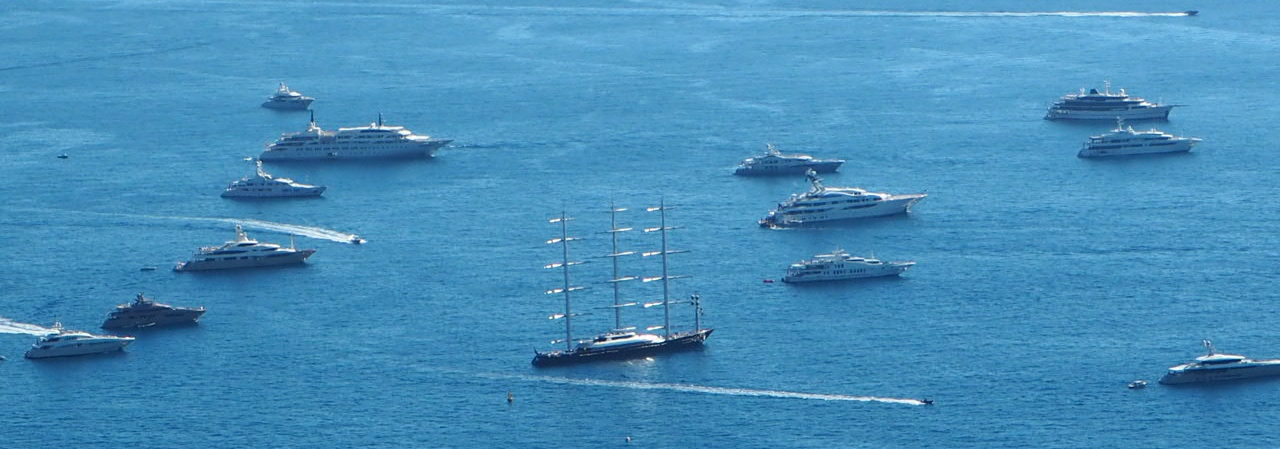We associate the price of a yacht with very impressive numbers with lots of zeros at the end. While it is true that these assets can be worth huge amounts of money, the actual values of the yachts are strictly calculated and it is rare for an owner to simply pay the price without being confident that he is paying the fair market value of the yacht.

1) Price and value of the yacht
The price is simply a number in the form of a price tag „attached” to the yacht. This usually has some correlation with its value. However, the value of each asset is simply what the buyer is willing to pay and what the seller is willing to accept. This is often much less than the asking price. To calculate the value of an asset such as a yacht, trends are observed from which parameters can be calculated. Executed transactions can also help here to predict the sale price – that is, the value.
2) A bigger yacht is better
One of the most obvious trends is size. As with most assets, the bigger something is , the more it’s worth. Colloquially, the size of a yacht is measured by the total length of the vessel in meters or feet. More technically, size is measured in gross tons, which is a dimensionless approximation of volume. Both length and GT are strongly correlated with the value of the yacht.
3) Modernity is more valuable
Similarly, there is a strong relationship between how new a yacht is and its value. As ships age, they lose value. However, not all yachts devalue at the same rate. For example, production yachts with planned hull shapes (with larger, more expensive engines) tend to depreciate faster than their displacement and semi-displacement counterparts. It is observed that larger personalized yachts retain their value for as long as possible.
4) The origin of the yacht is important
Not all yachts are born equal. Ships built in Northern Europe from shipyards in countries such as the Netherlands and Germany earn bonuses over similar ships built in more southern latitudes. While the specifications of the yachts may be comparable, the pedigree and quality of the vessels built in the former region are considered exceptional and higher prices are therefore paid.
5) The market is liquid
As with most markets, values in the yacht market are not static. The forces of supply and demand are constantly changing and show seasonality. New unit features become more desirable while others go out of style. Amortization curves are also constantly changing and require regular calibration to be representative of the current market. Moreover, yachts depreciate at a non-linear rate. Values must be constantly updated and refreshed. It is worth following emerging trends and reacting to them accordingly.

